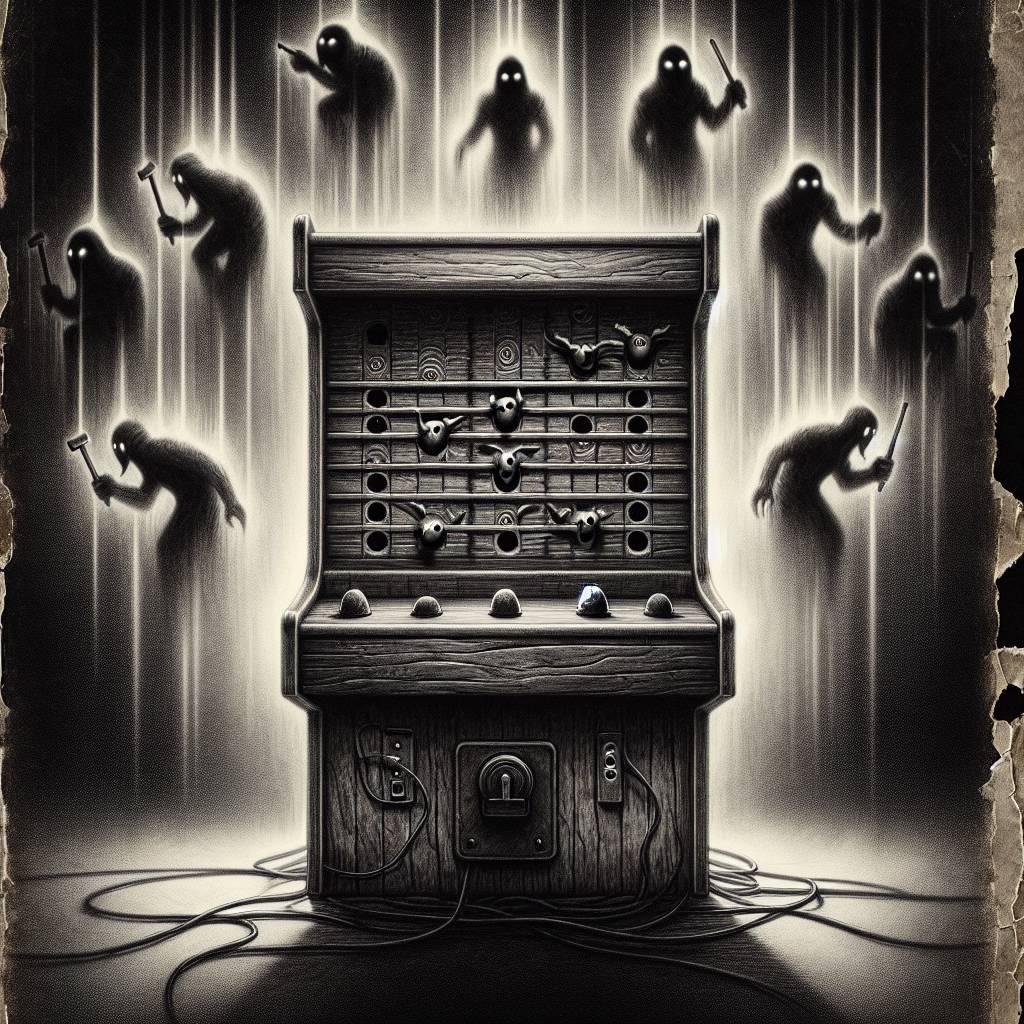SonicWall’s Whack-a-Mole: Patch Those High-Severity Vulnerabilities Before Hackers Do!
SonicWall has released patches for several vulnerabilities in the SMA100 SSL-VPN. These include buffer overflows and an authentication bypass bug, all with the potential for remote code execution. Users should update immediately, as attackers have a knack for sniffing out SonicWall vulnerabilities faster than a bloodhound at a sausage festival.

Hot Take:
Who knew that a SonicWall security flaw could potentially turn your device into a virtual piñata for hackers? It seems like SMA100 SSL-VPN devices are handing out vulnerabilities like Oprah handing out cars: “You get a buffer overflow! And you get a path traversal! Everybody gets a security bug!” But not to worry, SonicWall is on it—patching these holes like a master quilt maker. Update your devices faster than you can say “remote code execution” to keep your network from turning into a hacker’s playground.
Key Points:
- SonicWall released patches for several high-severity vulnerabilities in the SMA100 SSL-VPN.
- Two critical buffer overflow bugs, CVE-2024-45318 and CVE-2024-53703, could lead to remote code execution.
- The vulnerabilities primarily affect SMA 100 series appliances with outdated firmware.
- There is currently no evidence of these vulnerabilities being exploited in the wild.
- Users are strongly advised to update their appliances to the latest firmware version.
Buffer Overflow Bonanza
In a plot twist that could rival any high-stakes thriller, SonicWall has uncovered a treasure trove of vulnerabilities in its SMA100 SSL-VPN devices. The headliners? A duet of buffer overflow bugs, CVE-2024-45318 and CVE-2024-53703, capable of bringing remote code execution to a device near you. Imagine these flaws as overly enthusiastic party crashers, barging into the web management interface and a library loaded by the Apache web server, ready to wreak havoc with a CVSS score of 8.1. Not to be outdone, CVE-2024-40763—a heap-based buffer overflow defect—joins the fray, relying on the ‘strcpy’ function to potentially lead to remote code execution as well. It’s like a cyber soap opera, and you’re invited to the drama.
Path Traversal: The Scenic Route to Vulnerability
In a turn that would make even the most seasoned sysadmin wince, CVE-2024-38475 emerges as the path traversal flaw that could allow attackers to map URLs to file system locations that the server is all too willing to serve. Think of it as a scenic route with a surprise detour straight to your files. But wait, there’s more! CVE-2024-45319, a high-severity authentication bypass bug, could let a remote, authenticated attacker waltz right past certificate requirements during authentication. It’s the kind of backdoor access that would make a cat burglar proud.
Weak PRNG: Predictability at its Worst
As if the buffer overflow and path traversal issues weren’t enough, SonicWall’s SMA100 SSLVPN backup code generator decided to join the party with a cryptographically weak pseudo-random number generator (PRNG). Tracked as CVE-2024-53702, this bug has the predictability of a daytime soap opera plot twist, allowing attackers to anticipate the generator’s output like a seasoned mind reader. It’s like playing a rigged game of rock-paper-scissors where the attacker always knows your next move.
Patch it Up Before the Hackers Do
The vulnerabilities are a reminder that even the most secure-seeming systems can have their Achilles’ heel. SonicWall, however, has been quick to patch these issues with firmware version 10.2.1.14-75sv, leaving SMA 100 series appliances running anything older looking like they’re clad in Swiss cheese armor. While the SMA1000 SSL VPN series products can breathe a sigh of relief, users of the affected devices should be rushing to update like it’s Black Friday at the cybersecurity store. After all, there’s no evidence yet of exploitation in the wild, but why take the chance when your network’s security is at stake?
Prevention Over Exploitation
SonicWall has made it clear that while there’s no evidence of these vulnerabilities being exploited yet, the clock is ticking. Cyber attackers have a notorious knack for exploiting known vulnerabilities faster than you can say “patch management.” Users are advised to update their appliances ASAP to avoid turning their networks into a hacker’s sandbox. It’s an upgrade worth making if you prefer your internet traffic unmolested by cyber ruffians. So, heed SonicWall’s advice and patch now before your network becomes the next chapter in a hacker’s success story.
In conclusion, SonicWall’s swift response to these vulnerabilities is a testament to the importance of staying ahead of potential threats. With the right patches in place and a little vigilance, your network can remain as secure as Fort Knox—just without the gold bars. So, keep your systems updated and your data secure; after all, when it comes to cybersecurity, it’s better to be safe than sorry.
